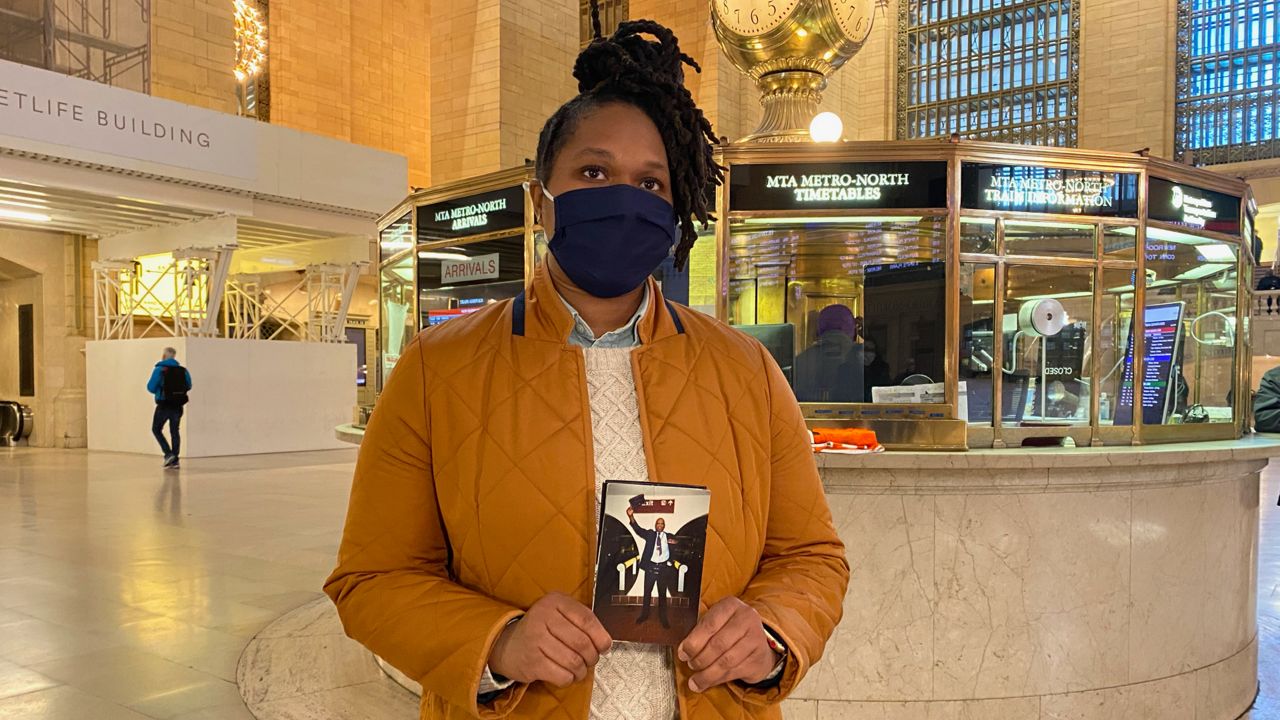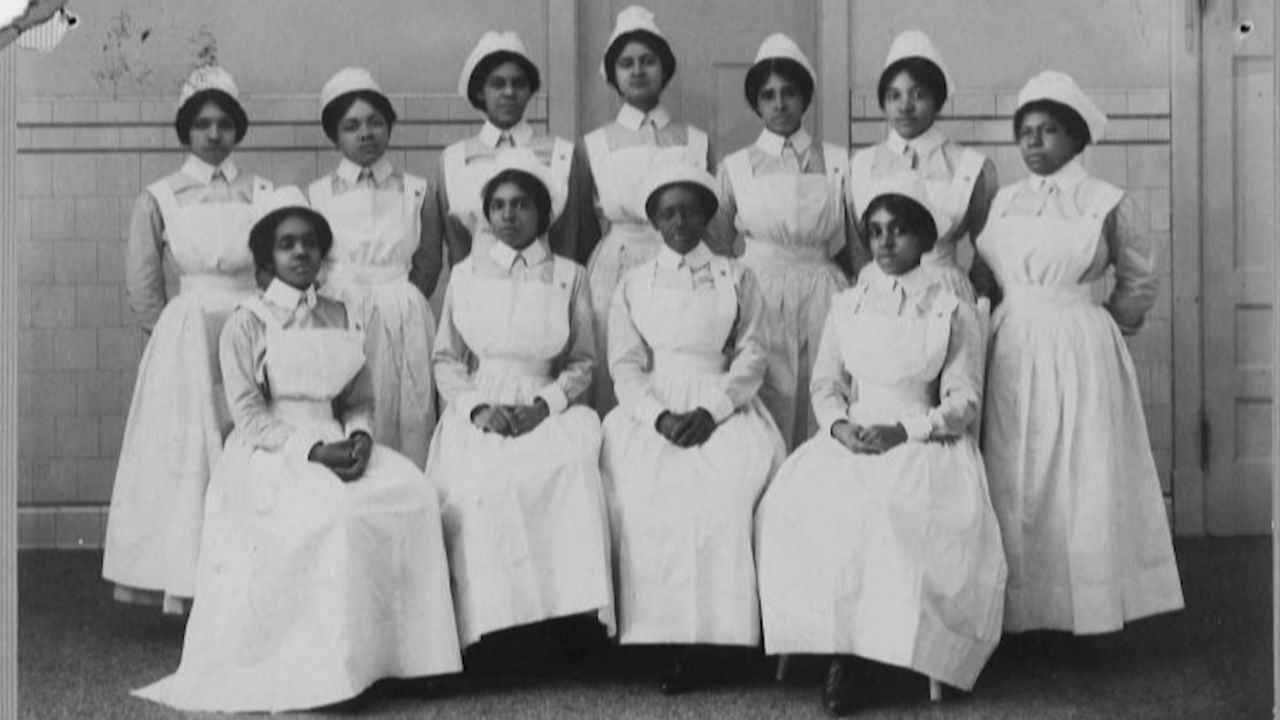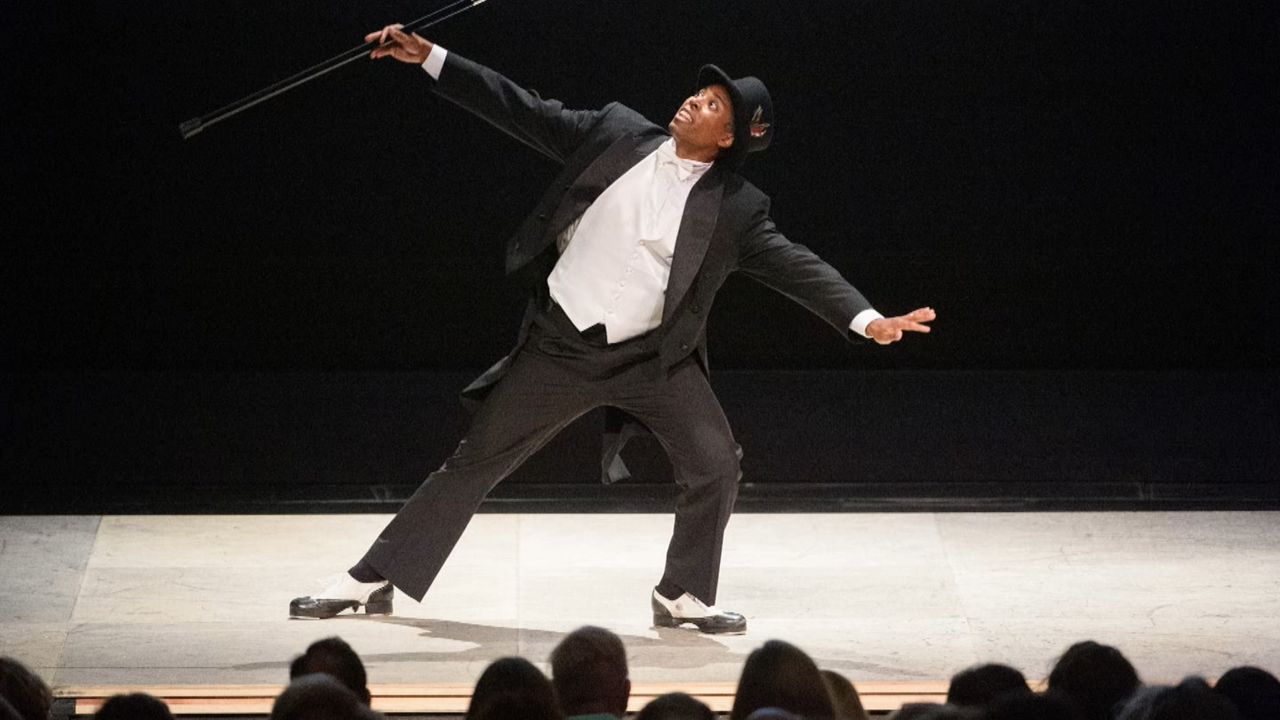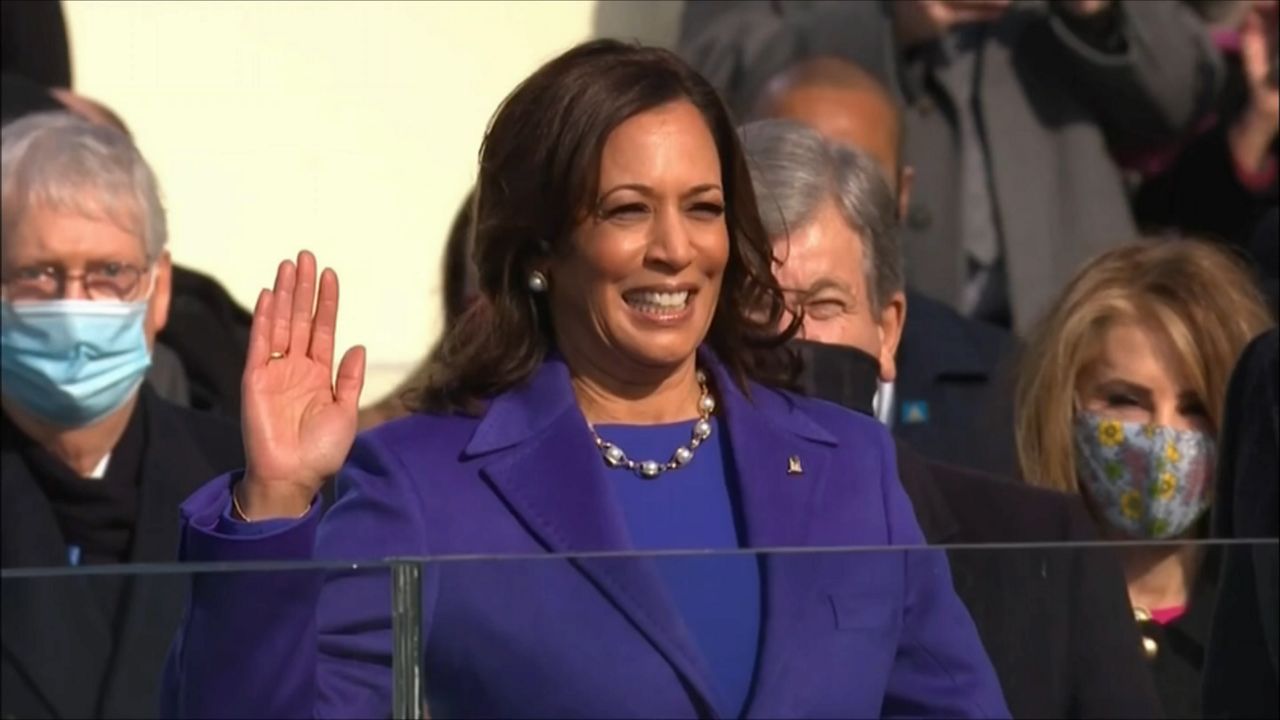THE BRONX — Majora Carter bought a fancy white paint pen, took her dogs down to the park and slowly, meticulously, defaced the signs marking Joseph Rodman Drake Park in the Bronx.
“I very carefully, in my exquisite penmanship, wrote ‘Enslaved African Burial Ground,’ all on my own,” said Carter, 54, who runs a consulting firm focused on urban revitalization.
In January, Carter had expected to see new signs at Drake Park, a lightly trafficked patch of grass, willows and oaks surrounding an old cemetery in the largely industrial southeastern part of Hunts Point, across the street from the Hunts Point Produce Market.
Carter thought the new signs would honor the final resting places of the enslaved Africans who were buried nearby in the early part of the 19th century. That history was uncovered seven years ago by a group of elementary schools at nearby P.S. 48.
What You Need To Know
- Drake Park, in the Bronx, is located near the site of a 19th century burial ground for enslaved Africans
- Majora Carter, a local resident, noted the burial ground on park signs herself after the Parks Department failed to include the information
- Drake Park is one of several sites where activists are pushing for memorials to honor burial grounds for African New Yorkers
- But seven years after the burial ground at Drake Park was uncovered, it remains unclear how much longer it will take for the city to create a memorial
But when the city’s Parks Department put the signs up, they only gave the name of the park, with no mention of the burial ground.
So Carter took it upon herself to note it on the signs, making sure to match the all-caps font.
“I honestly thought I was doing them a favor,” she said. “I mean, my penmanship was on point.”
Then Carter's handiwork was erased shortly after. She contacted the department, asking why the current signs didn’t inform people about the enslaved people who were buried nearby. The department had recognized the burial ground there as early as 2014.
Within a few weeks, the department had again replaced the parks’ four signs, with the Bronx parks commissioner, Iris Rodriguez-Rosa, thanking Carter for raising her awareness of the issue.
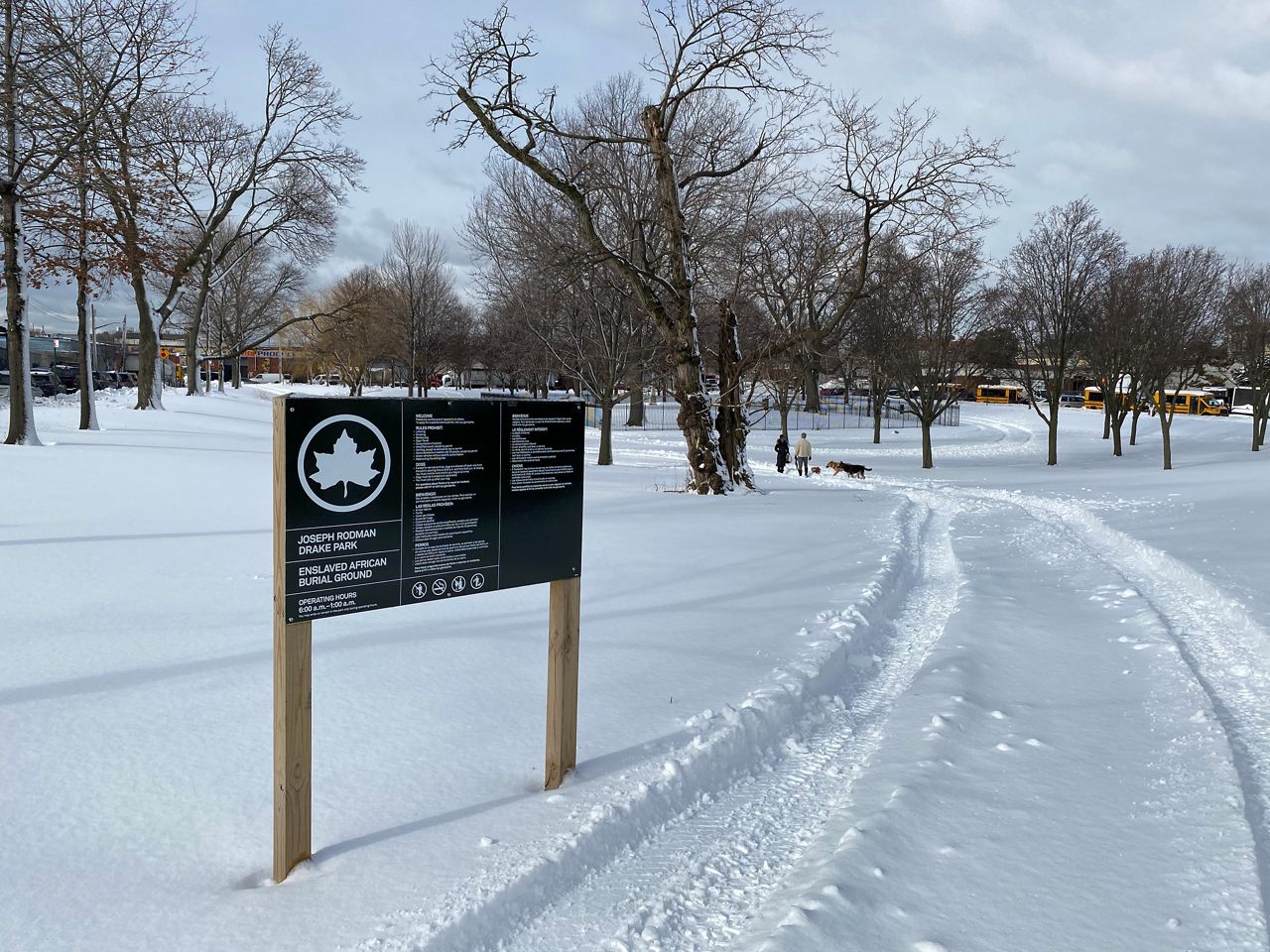
“We are committed to honoring the history of our parkland, and we are proud to have added new park signs to further recognize the enslaved African Burial ground within Drake Park,” Dan Kastanis, a spokesperson for the Parks Department, said in an emailed statement.
For Carter, who grew up in Hunts Point and whose grandfather was an enslaved person in America, marking the burial ground was her way of making a local contribution to the country’s latest grappling with its history of oppression.
“What this does is simply say that this is part of our history, and if we don't acknowledge our history, people will forget,” she said.
“It was good trouble,” she added, using the phrase popularized by the late Rep. John Lewis. “And I was happy to get into it.”
Carter’s insistence on marking the grounds reopened the question of how to permanently memorialize the space.
In 2013, the New York Public Library released a large cache of historic photographs, including one of Hunts Point Road, a street that no longer exists but used to run alongside what is now Drake Park. The image was titled "Slave Burying Ground.”
A group of students at P.S. 48 — also named for Joseph Drake, a 19th century poet — led by teacher Justin Czarka were able to identify several dozen people who may be buried near Drake Park by examining archived wills and newspapers. The 1800 census listed 44 enslaved Africans living in the Hunts Point area, and burials continued at the site near Drake Park until the 1840s, according to the Parks Department.
Czarka then joined with Philip Panaritis, a retired official with the Department of Education, to push for a physical memorial at the site.
In recent decades construction crews and local historians have found four such burial grounds, leading to multiple memorial projects. Earlier this month, the Parks Department unveiled plans to redesign Sankofa Square in East New York, including a memorial to enslaved Africans buried there. In Harlem, a group is pushing to preserve a historic burial ground for African New Yorkers near 1st Avenue and 126th Street.
But the effort to create a memorial at Drake Park has stalled and may not get underway for some time.
State Sen. Jeffrey Klein, who once represented the area, “designated” $180,000 for the project several years ago but then failed to properly allocate the funds, according to Maya Moskowitz, the press secretary for Sen. Alessandra Biaggi, the area’s current state senator. The funds were meant to support a physical memorial, as well as an educational curriculum, so students could continue studying the burial ground.
Moskowitz said that Biaggi’s office restarted the funding allocation effort last January but is currently awaiting “further correspondence” from the Parks Department in order to continue the process.
Kastanis, the Parks Department spokesperson, said that the Department is currently discussing how to best utilize any potential grant money for the project, ahead of submitting a detailed proposal.
But the state’s Division of the Budget said that it had not received the paperwork to initiate the grant for the park memorial.
“The Legislature must initiate this grant process and the state will work with them when they do,” Freeman Klopott, a spokesperson for the division, said in an email. Klopott added that the money that would be allocated for the grant is ready to be disbursed, unlike other state funding sources that were frozen last spring due to the pandemic.
Either way, the process of presenting and finalizing memorial proposals can take years. The newly redesigned park in East New York came about after years of community consultation.
But for Carter, the memorial can wait. What could not, she said, was recognition to all who enter Drake Park that the story of America is entombed under its grassy hills. The signs will do for now.
“It’s not a great big statue,” she said. “But the bottom line is, this recognizes that there is history here, right here. It’s an inescapable thing.”







